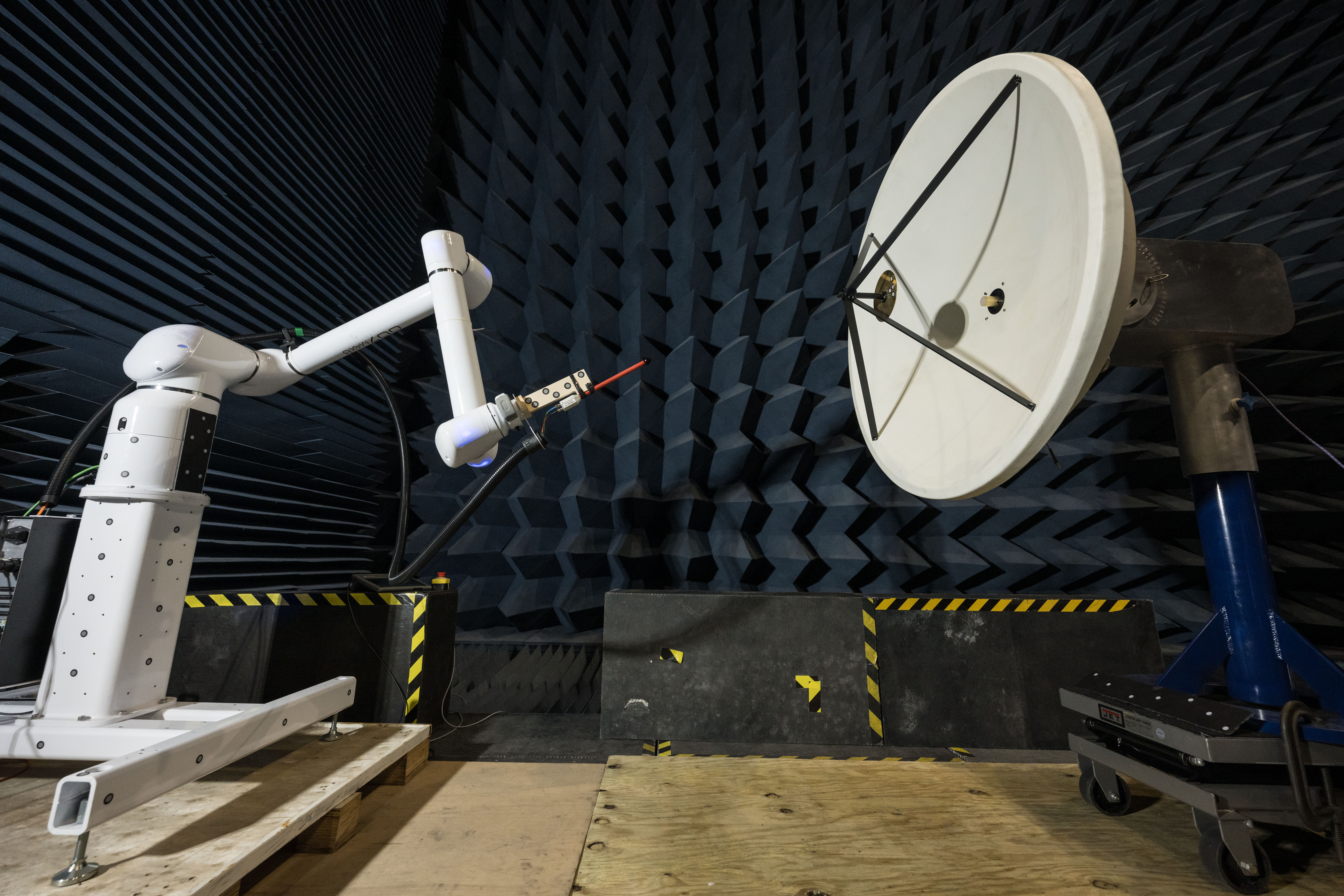NASA Engineers Optimize Gateway Space Station Communications Using Electric Field Testing
Introduction
Engineers at NASA’s Johnson Space Center are currently engaged in electric field testing to enhance the communication systems for the Gateway space station. This station is a pivotal part of NASA’s Artemis program aimed at lunar exploration and will serve as a crucial stepping-stone for future human missions to Mars.
The Gateway Space Station: A Brief Overview
The Gateway space station is designed to orbit the Moon and acts as both a laboratory for deep space science and a staging ground for lunar exploration. It represents a collaborative effort between NASA and its international partners to establish a sustainable human presence on and around the Moon. The ultimate goal is to prepare for the next giant leap in human space exploration—sending astronauts to Mars.
Importance of High-Gain Antennas
A key component of Gateway’s communication system is the high-gain antennas. These antennas are responsible for maintaining the communication link between the lunar South Pole region, the orbiting Gateway, and Earth. This intricate communication network ensures that operations are seamlessly conducted across these vast distances.
Rigorous Electric Field Testing
NASA is rigorously testing the electric field levels emitted by these high-gain antennas. The primary objective is to ensure safe and efficient communication without causing any interference with Gateway’s crew and equipment. By validating simulation models to accurately predict electric field levels, NASA can establish precise safety zones around the K/Ka-band parabolic reflector antennas. This approach ensures the protection of astronauts and hardware while maintaining high-rate communications.
The Testing Process
The testing process is meticulous and involves several sophisticated techniques and tools. Engineers use electric field and waveguide probes to measure the strength and quality of electromagnetic signals. These probes scan the near fields of a representative high-gain antenna. The measurements are facilitated by robotic arms and optical tracking systems, which provide the precision needed for model validation.
The tests are conducted in an anechoic chamber, a specialized room designed to provide a controlled environment for measuring electromagnetic waves. This chamber eliminates any external electromagnetic interference, ensuring the accuracy of the measurements.
Expert Insights
Timothy Kennedy, one of the NASA engineers overseeing the tests, emphasized the importance of achieving high accuracy in the analysis of electric fields radiated by the high-gain antennas. "We are sharpening our pencil in conducting model validation measurements—ensuring high accuracy in the analysis of electric fields radiated by the high-gain antennas on Gateway," said Kennedy. "This enables reduced margins on antenna masking needed to protect equipment and crew while maximizing communication coverage."
Expected Outcomes
The findings from these tests are expected to significantly enhance NASA’s understanding of the electric field levels emitted by Gateway’s antennas. This knowledge will inform critical decisions for operating the antennas safely during Artemis missions, ensuring that Gateway remains a safe home for astronauts orbiting the Moon.
Good to Know Information
For those unfamiliar with some of the technical jargon, here’s a brief explanation:
- High-Gain Antennas: These are specialized antennas designed to focus radio waves into a narrow beam, thereby increasing the signal strength and allowing for long-distance communication.
- Electric Field and Waveguide Probes: Tools used to measure the strength and quality of electromagnetic signals.
- Anechoic Chamber: A room designed to completely absorb reflections of sound or electromagnetic waves, providing a controlled testing environment.
Additional Insights and Reactions
The electric field testing at NASA’s Johnson Space Center represents a critical step in ensuring the reliability and safety of the Gateway space station’s communication systems. This rigorous approach underscores NASA’s commitment to the success of the Artemis program and the broader goal of human exploration of Mars.
The international space community has shown keen interest in these developments. Experts believe that the Gateway space station will not only facilitate lunar exploration but also serve as a model for future space stations orbiting other celestial bodies.
Conclusion
As NASA continues to advance its Artemis program, the ongoing electric field testing at Johnson Space Center is a testament to the meticulous planning and engineering required for successful space missions. The Gateway space station, with its robust communication systems, will play a crucial role in humanity’s return to the Moon and the eventual journey to Mars.
This endeavor highlights the importance of international collaboration and the relentless pursuit of scientific and technological excellence. As we look forward to the next giant leap in human space exploration, the efforts of NASA’s engineers ensure that we are well-prepared for the challenges that lie ahead.
For more Information, Refer to this article.

































![Good Lock Features: Discover the Top Favorites [Exploring Good Lock ②] Unveiling the Most Popular Good Lock Features](https://www.hawkdive.com/media/samsung-mobile-good-lock-home-up-3-most-popular-features_thumb728-218x150.gif)
